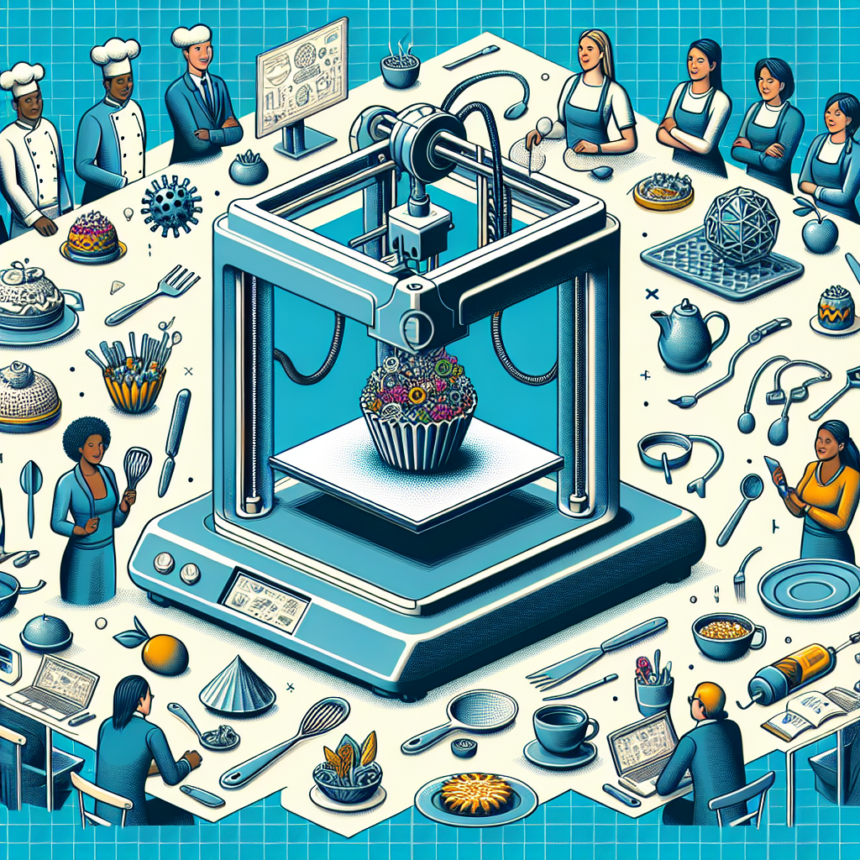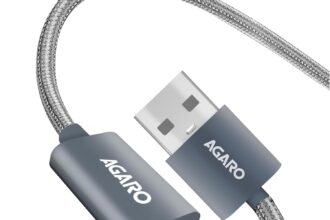Feeding the Future: How 3D Printing is Revolutionizing the Culinary World
In an ever-evolving world where technology continually intersects with our daily lives, the culinary landscape is experiencing a revolution of its own—thanks to 3D printing. While the concept of 3D printing has long been associated with manufacturing and engineering, its foray into the food industry is paving the way for innovative culinary experiences. From personalized nutrition to artistic food designs, 3D printing is not just changing how we produce food; it’s redefining what we know about cooking and dining.
The Basics of 3D Food Printing
At its core, 3D food printing involves using specialized printers to create edible items in three-dimensional shapes. These machines use food-grade materials—such as pureed fruits, vegetables, cheeses, and even doughs—to build food layer by layer. The process resembles traditional printing, with nozzles dispensing food products to form intricate designs and textures.
But why is this technology gaining momentum in the culinary world? The reasons are manifold.
Personalization and Health
One of the most significant advancements brought about by 3D food printing is the ability to tailor food to individual dietary needs. In a world grappling with allergies, intolerances, and varying nutritional requirements, 3D printing offers the chance to create meals customized to each person’s health profile.
For example, individuals with diabetes may benefit from specially designed meals that maintain balanced glucose levels, while athletes can receive high-protein options tailored for their energy needs. Through the precise control offered by 3D printing, chefs can craft customized food items that align with their customers’ nutritional goals—a feat that was previously labor-intensive and nearly impossible on a large scale.
Culinary Artistry
Beyond health and nutrition, 3D printing is redefining food presentation. Culinary artists can experiment with shapes and textures, producing elaborate designs that dazzle the eye and the palette. The technology enables chefs to create edible sculptures, unique garnishes, and intricate plating that would be difficult or impossible to achieve through traditional cooking techniques.
For instance, the creation of a delicate chocolate lattice or a bespoke pasta shape becomes feasible with a 3D printer, allowing chefs to push the boundaries of creativity and transform ordinary meals into extraordinary culinary art. Restaurants can deliver visually striking dishes that enhance the overall dining experience, thereby attracting customers eager for both taste and aesthetic appeal.
Sustainability and Resource Efficiency
Another critical aspect of 3D food printing is its potential impact on sustainability. The traditional food supply chain can be resource-intensive, leading to significant food waste. With 3D printing, cooks can optimize ingredient usage, creating meals right from their design specifications. This process minimizes excess and maximizes resources, contributing to a more sustainable food system.
Moreover, food printing can facilitate the use of alternative ingredients, such as insect protein or lab-grown meat. These sources are not only environmentally friendly but also rich in nutrients. By reimagining how we think about food sources, 3D printing aligns with an increasingly eco-conscious consumer base seeking sustainable dining options.
Future Innovations
While the application of 3D printing in the culinary world is still in its nascent stages, the potential for future innovations is limitless. From smart kitchens integrated with IoT technology that automatically adjust cooking times based on food printed to real-time nutritional assessments of meals, technology is poised to create transformative experiences in food preparation and consumption.
Scientists and engineers are currently experimenting with combining 3D printing with advanced food preservation techniques, potentially extending the shelf life of meals and reducing food waste further. As research continues, the culinary potential of 3D food printing is only just beginning.
FAQs
Q: What types of food can be printed using a 3D printer?
A: 3D printers can use various food materials, including dough, purees, chocolate, cheese, and even pastry creams. Each printer may have specific capabilities, so certain materials will work better than others.
Q: Is 3D-printed food safe to eat?
A: Yes, 3D-printed food is generally safe to eat, assuming it is made from food-grade ingredients and prepared in sanitary conditions. Each component must meet safety standards for consumption.
Q: Can 3D printing help with portion control?
A: Absolutely. 3D printing allows for precise control over serving sizes, which can be particularly beneficial for individuals managing caloric intake or portion sizes.
Q: How expensive is 3D food printing?
A: The cost of 3D food printers can vary widely, from several hundred to several thousand dollars. However, with technological advancements and increased interest, prices are likely to decrease, making them more accessible.
Q: What restaurant chains are currently using 3D printing?
A: Several restaurants and culinary innovators are experimenting with 3D food printing, including fast-food chains exploring custom garnishes and high-end restaurants developing unique meal creations.
The culinary world is on the cusp of transformation through 3D printing, offering hope for a future where food is accessible, sustainable, and artistically presented. By embracing this technology, we are not only enhancing our dining experiences but also laying the foundation for healthier and more resource-efficient food systems.










